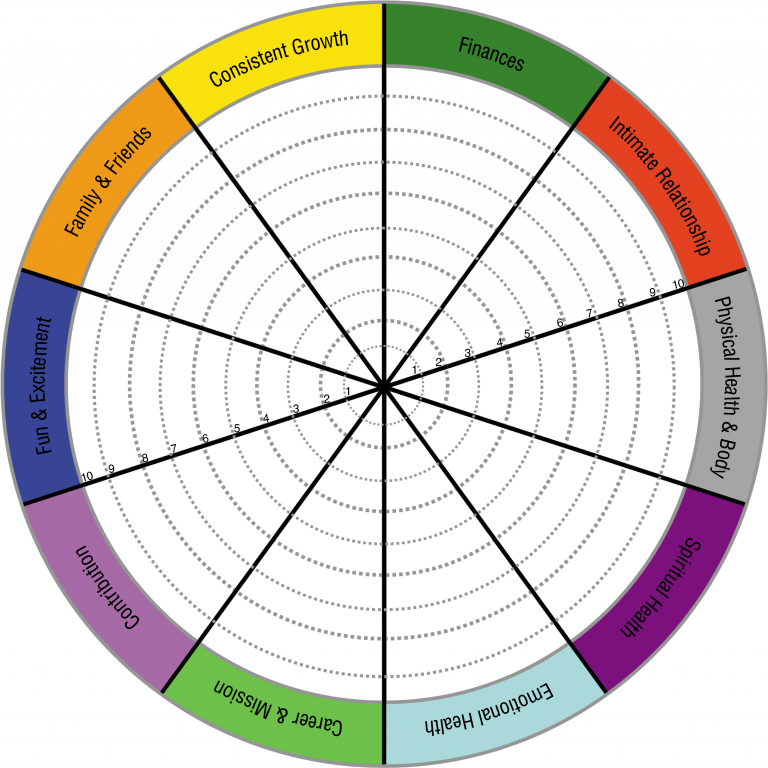There are times when we find ourselves thinking, feeling or even behaving in certain ways that we know are not beneficial, yet we do them. It could be self-doubting before a great opportunity knocks, losing your temper in stressful scenarios, or simply procrastinating when it matters least these are all symptoms of bad habits. And although they may seem personal, they have predictable mental scripts.
This is the role of NLP practitioners. They assist individuals to recognize these patterns and determine their source.
What Are Negative Patterns?
Negative patterns are recurring thoughts, emotions, or behaviors that limit your progress or peace of mind. They often operate beneath the surface, triggered automatically by familiar situations. Common examples include:
- Talking yourself out of new opportunities
- Constantly feeling “not good enough”
- Attracting unhealthy relationships
- Shutting down when receiving feedback
Most of these responses are deeply ingrained, formed through past experiences, emotional associations, and beliefs developed early in life. They feel hard to control because they’ve become part of your unconscious programming.
What Is NLP and How Does It Help?
Neuro-Linguistic Programming (NLP) is a method that helps individuals change unhelpful patterns in their thinking, behavior, and emotional responses. Developed in the 1970s, NLP is based on the idea that the way we experience the world, our thoughts, language, and internal representations, shapes our reality.
NLP practitioners are trained to work with these inner processes. They don’t just ask you what you feel, they help uncover how your brain created that feeling in the first place, and guide you in changing it.
How NLP Practitioners Break the Cycle
Working with an NLP practitioner is not about long discussions or reliving the past. It’s about changing the structure of how your mind works so that old reactions stop showing up.
Here’s how the process typically works:
Identifying the Pattern
An NLP practitioner helps you pinpoint the specific trigger, thought, and emotional reaction that repeat in your life. This includes exploring how you internally represent the problem, what you picture, say to yourself, or feel in your body when it happens.
Understanding the Strategy Behind It
Negative patterns are often strategies your brain created to protect you at some point. But they’re outdated. NLP helps you recognize the logic behind the behavior and separate from it.
Interrupting the Pattern
Using techniques like pattern interruption, anchoring, or timeline work, the practitioner helps disconnect the automatic response. This is where real change begins.
Installing a New Response
You don’t just remove an old pattern, you replace it. NLP practitioners guide you through mentally rehearsing a new, empowered way to respond. The brain then begins treating this new pattern as the default.
NLP targets the subconscious layer of your experience. That’s why it works when logic and willpower don’t. You’re not broken, you’re just running an outdated mental program. NLP gives you the tools to rewrite it.
Christina Steinhoff, a certified Master NLP Practitioner, Clinical Hypnotherapist, and Life Coach, uses these tools to help clients create real, lasting change. Her work is grounded in neuroscience-backed methods and proven mental reprogramming strategies.


